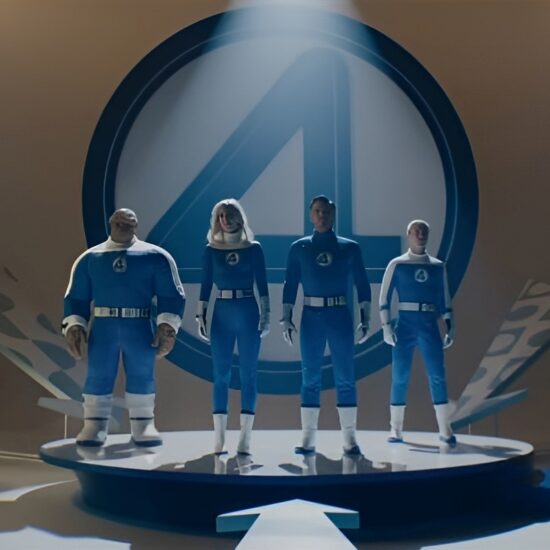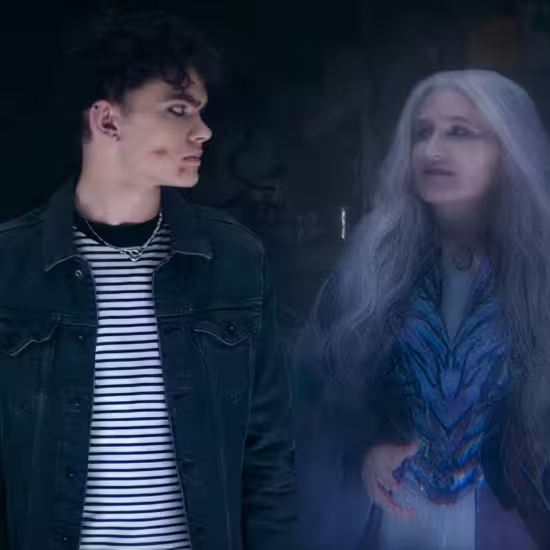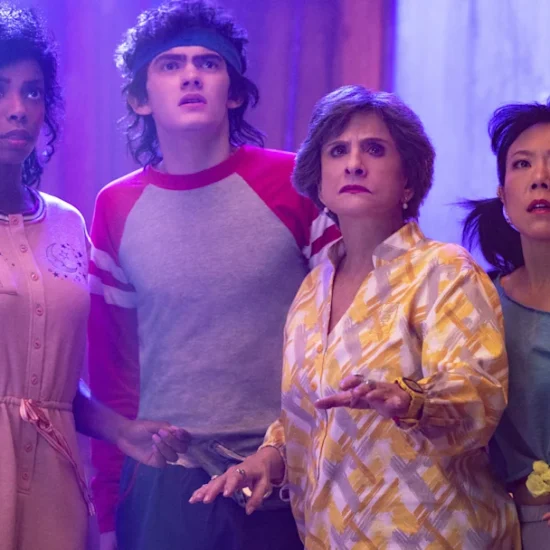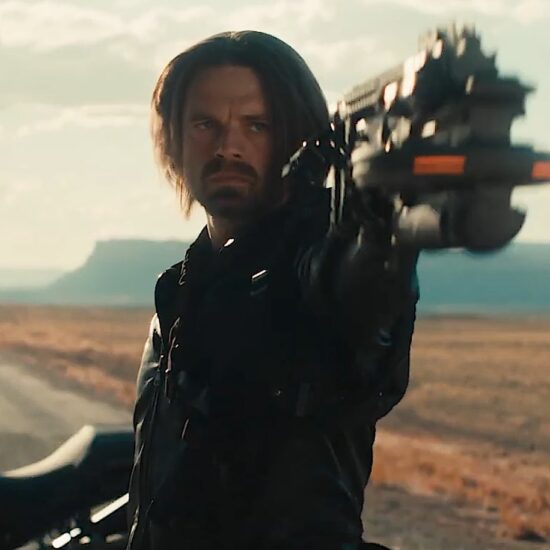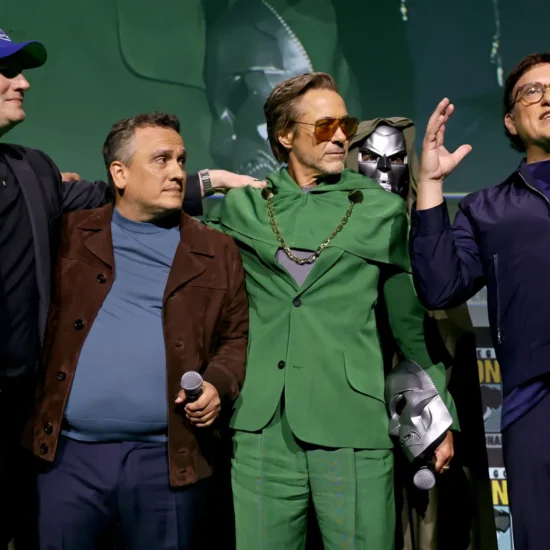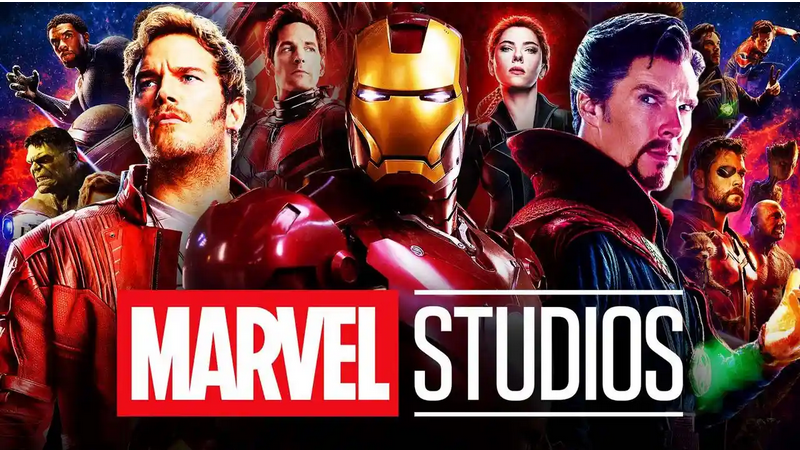
Moreso than at any time in recent history, Hollywood seems to be at a crossroads. With the era of streaming now upon us, both studios and creative talent are re-evaluating how business as usual is done.
During this time of turmoil, perhaps no studio is a better representative for the inflection point that Hollywood finds itself at than Disney. Despite its recent uneven performance at the box office, Disney continues to be a driving force in film, television, and streaming.
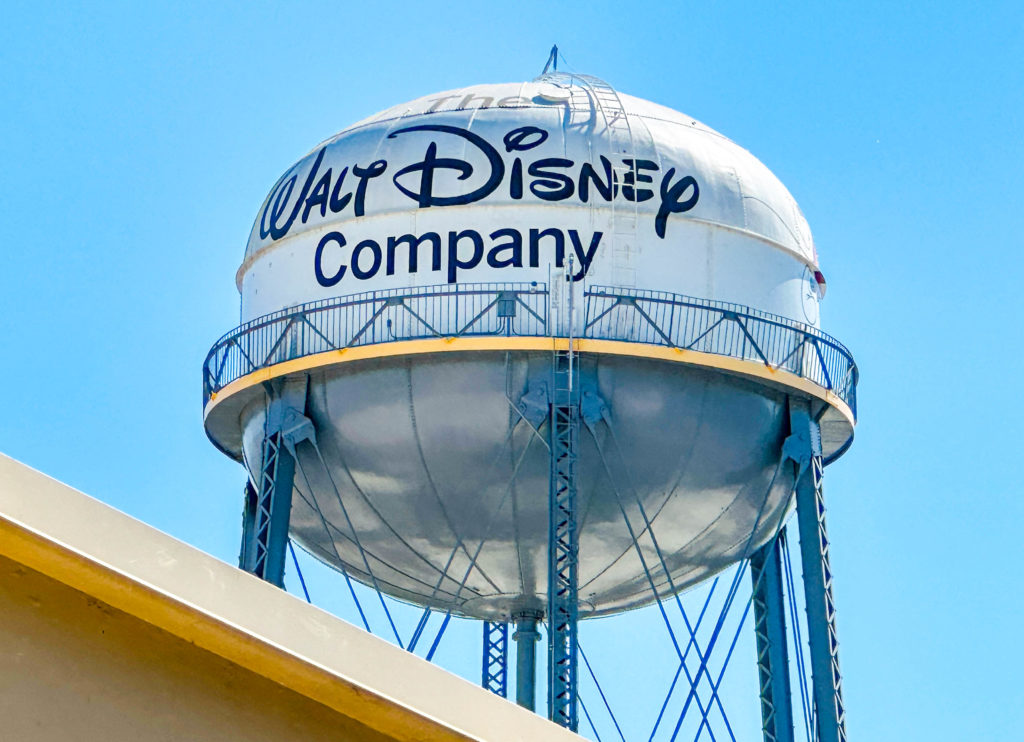
Walt Disney Studios
As Hollywood remains shut down due to the ongoing WGA and SAG-AFTRA strikes, many studio executives have looked to Bob Iger for leadership during this tumultuous time. Additionally, all eyes are on Disney to see how they transition their business from linear television to a streaming-first enterprise.
As Hollywood looks to Disney, however, the company is facing upheaval of its own. Iger has come under fire for his comments on the Hollywood strike. Meanwhile, Disney has yet to crack the problem of profitability in streaming. Then there is Marvel.
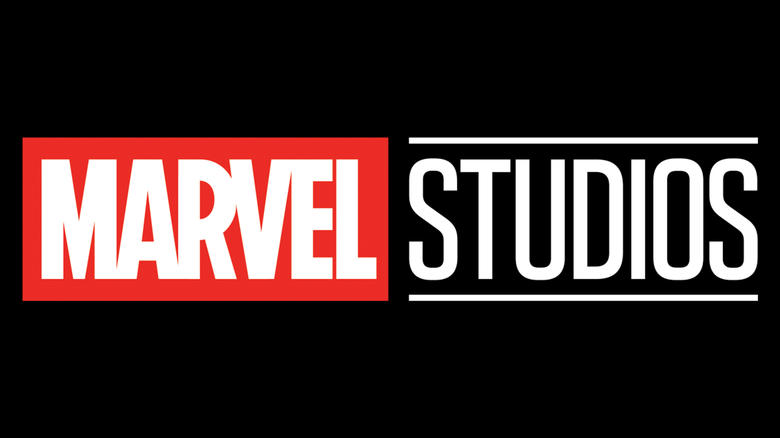
Marvel Studios has long been Disney’s golden goose. Photo: Marvel.
The Marvel Problem
Formally Disney’s golden goose, in recent years, fans have begun to question if Marvel has been stretched too thin by Disney’s desire to create both feature films and streaming series based on the MCU.
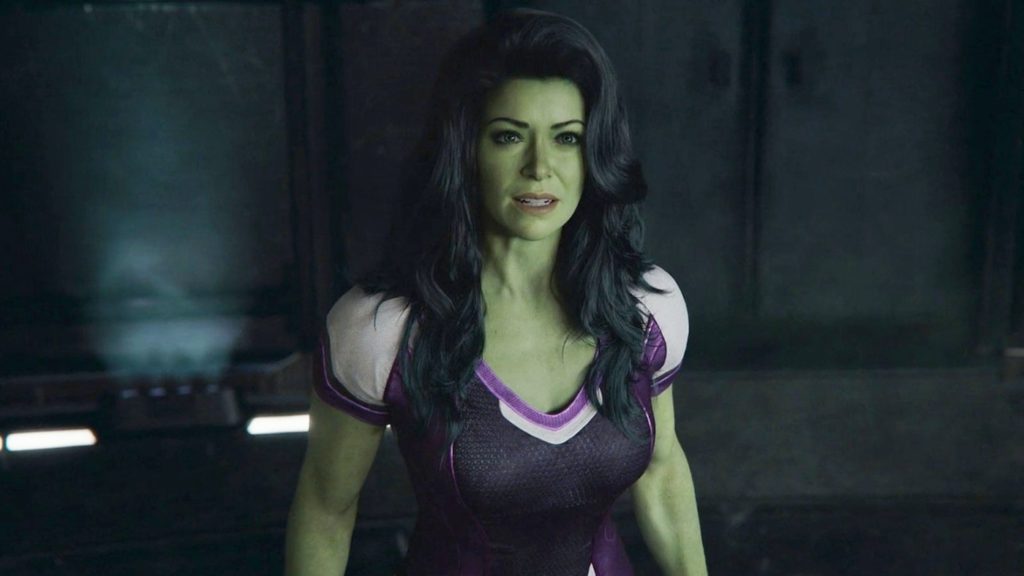
Photo: Marvel/Empire. She-Hulk: Attorney At Law.
Meanwhile, Marvel VFX employees have been open about the fact that they feel overworked and underappreciated. As such, the special effects employees have taken steps to unionize and gain representation from the International Alliance of Theatrical Stage Employees (IATSE).
VFX Artists Can’t Keep Up With Marvel’s Demands
In a recent interview with IGN, Mark Patch, IATSE visual effects organizer, told the publication that the ongoing Hollywood strikes served as motivation for his colleagues. Additionally, Patch pointed to the increase in output at Marvel and how it is impacting VFX workers.
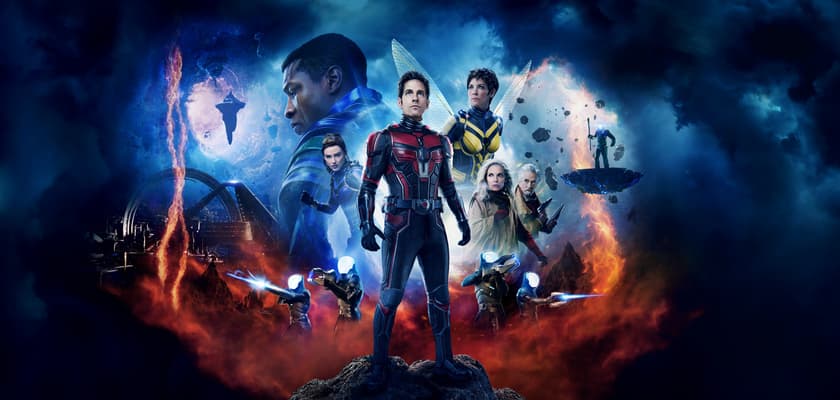
Ant-Man and the Wasp: Quantumania
“When you’re turning a 90-minute movie into a 10-hour feature basically, you’re doing 10 times the amount of work within the same or even sometimes a shorter period of time. Particularly from Marvel. We certainly have seen since COVID and streaming the amount of demands on our time and mental and physical health just explode,” he said.
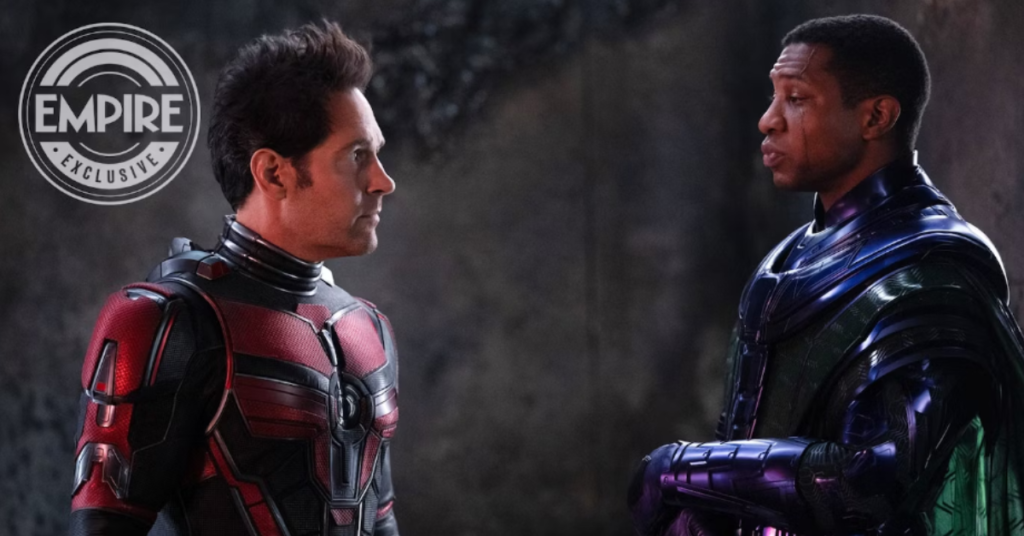
Photo: Empire. Ant-Man and the Wasp: Quantumania.
According to IGN’s calculations, Marvel’s Phase 4, which saw the introduction of streaming series as part of the MCU, had a total runtime of 60 hours. That number amounts to more hours than the studio’s first three phases combined. For his part, Patch said that he worked 18-hour days as a coordinator on WandaVision, a popular Disney+ series.
The McDonald’s Of Content
Recent Marvel releases such as Ant-Man and The Wasp: Quantumania and She-Hulk: Attorney at Law have come under fire from fans and critics alike for their less-than-stellar VFX work. According to Marvel’s artists, they have simply been stretched too thin.
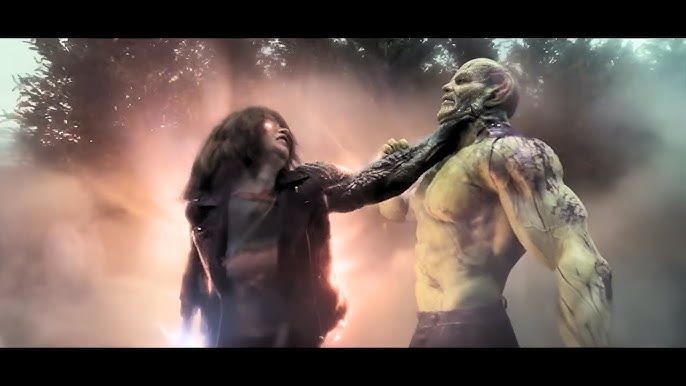
Photo: Marvel. ‘Secret Invasion’.
“What you’re expected to do each day and how the shows are run, it definitely feels more like a conveyor belt nowadays than necessarily each project being given its own thought and time. As opposed to now where it’s like, ‘well, this is coming up and now we have to do this, and this is coming up, we have to do this.’ It really becomes like the McDonald’s of content,” said Gabrielle Levesque. She worked on Marvel titles both before and after the launch of streaming.
Luckily for VFX workers and fans, Bob Iger has publically stated that he believes Marvel has been oversaturated in recent years. Additionally, the studio has begun to slow down its release schedule.
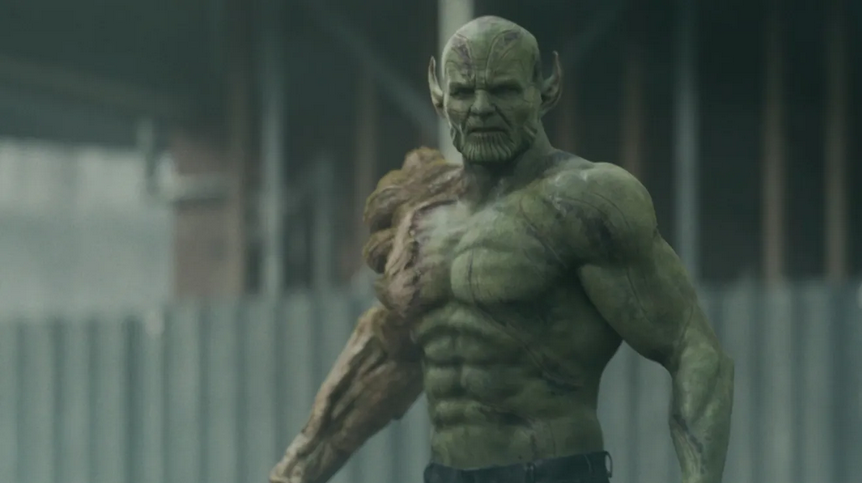
Photo: Marvel. A Still from ‘Secret Invasion’.
By giving new releases more time to marinate, hopefully, Marvel can get back on track, for fans and employees alike.
Thanks for visiting MickeyBlog.com! Want to go to Disney? For a FREE quote on your next Disney vacation, please fill out the form below and one of the agents from MickeyTravels, a Diamond level Authorized Disney Vacation Planner, will be in touch soon! Also, thanks for reading!










